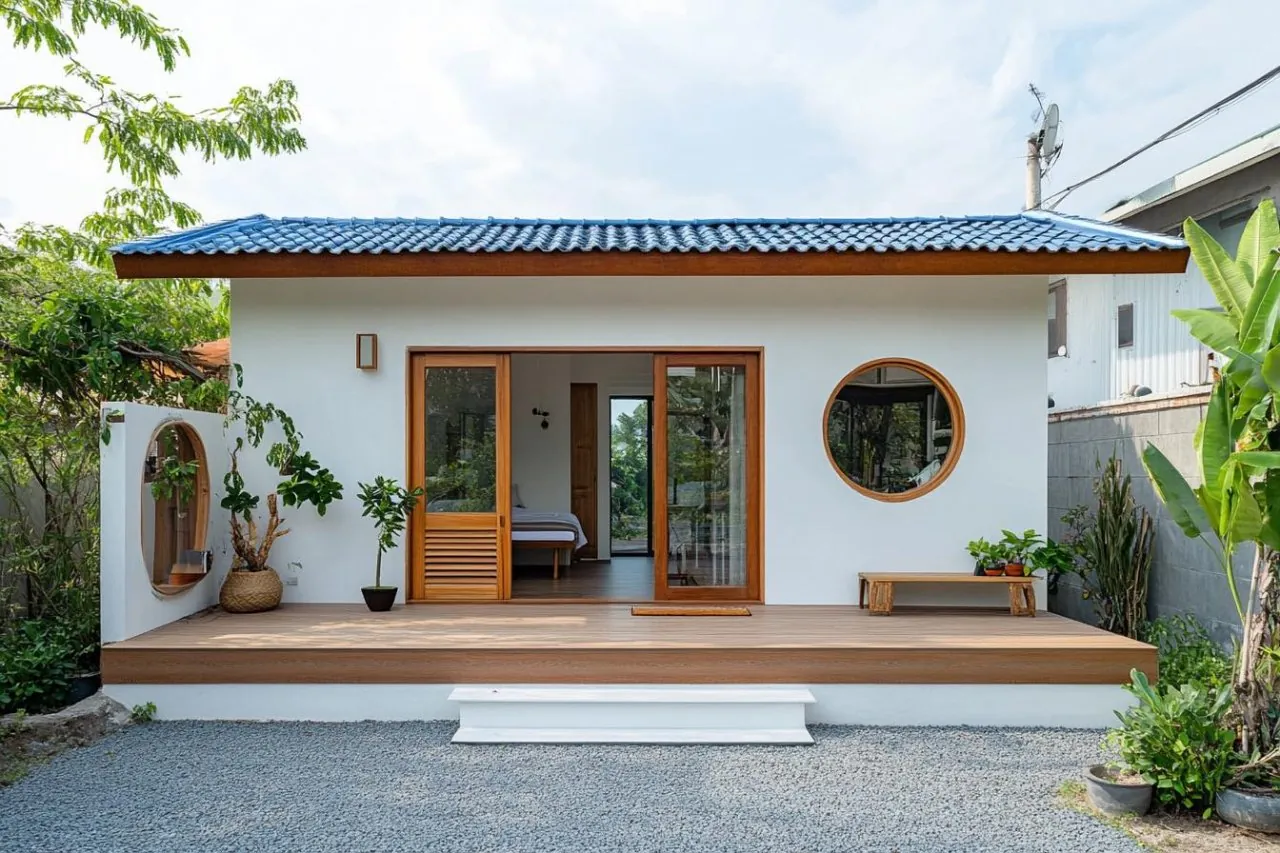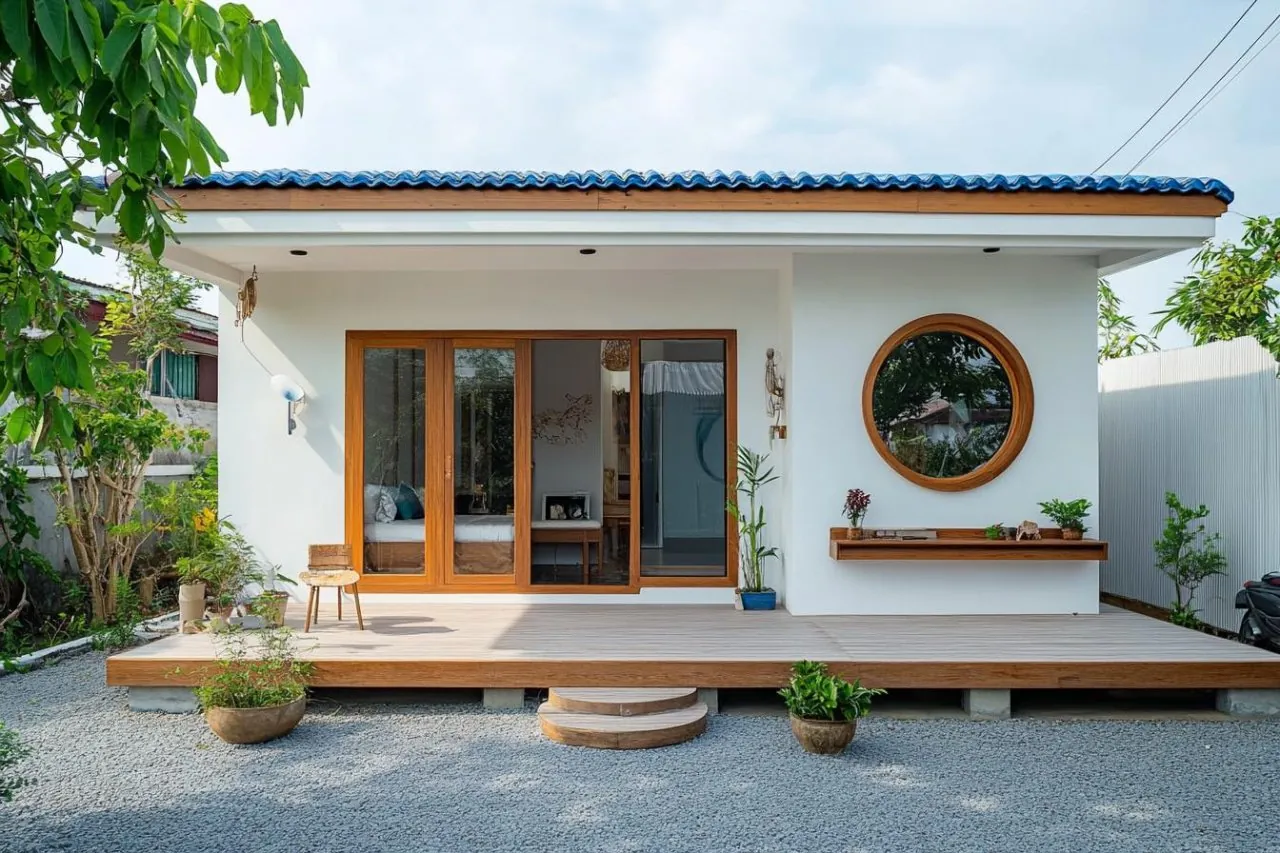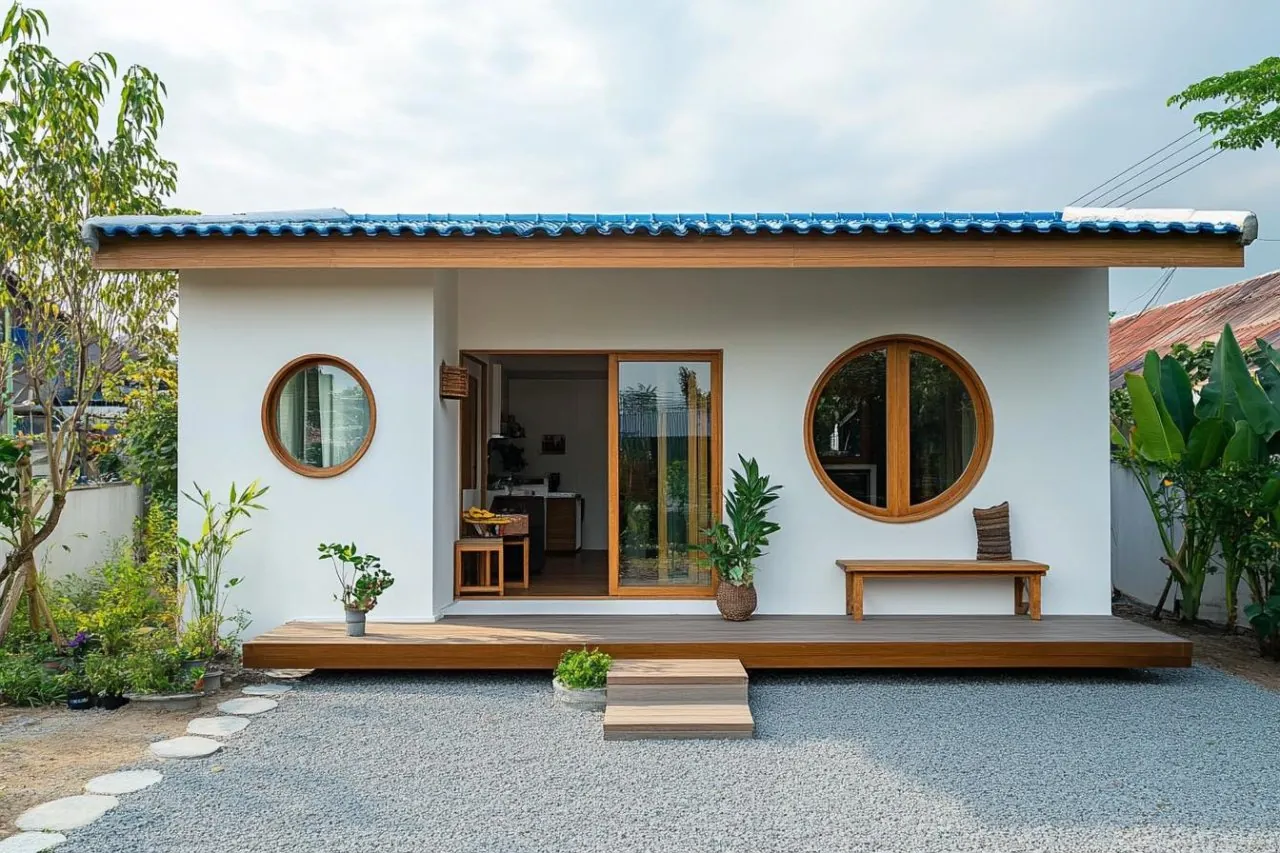Small House Design on a Low Budget in Koh Samui

Small House Design on a Low Budget in Koh Samui
Koh Samui, an idyllic tropical island in Thailand, is not only known for its stunning beaches but also for its growing appeal as a haven for afford



able and stylish living. Designing a small house on a budget in this paradise might seem challenging, but with proper planning and strategic choices, it is more than achievable. This guide offers a comprehensive look at how to create a small yet functional and beautiful house in Koh Samui without breaking the bank.
Understanding the Appeal of Small Houses in Koh Samui
Koh Samui has become a popular destination for those seeking a balance between modern living and nature. Small houses are particularly appealing due to their affordability, eco-friendliness, and adaptability to the tropical climate. Whether you are a retiree, a digital nomad, or a family looking for a serene lifestyle, a small house is an excellent option.
Key Considerations for Building a Small House in Koh Samui
1. Choose the Right Location
The cost of land in Koh Samui varies significantly depending on the location. Beachfront plots are premium, while inland areas or slightly elevated plots are more affordable and often provide stunning views. Consider areas like Maenam, Lamai, or Bangrak for a balance between price and convenience. Always ensure the land has proper legal documentation and is safe for construction.
2. Work with Local Contractors and Architects
Hiring local professionals can save money and ensure compliance with local building codes. Local contractors are familiar with the island’s climate and can recommend materials and designs suited for tropical living. Look for architects with experience in designing compact, efficient homes that make the most of limited space.
Designing a Functional Small House
1. Optimize the Layout for Space Efficiency
In small houses, every square meter counts. Open-concept designs that merge living, dining, and kitchen areas are excellent for creating a sense of spaciousness. Incorporate multi-functional furniture like foldable tables, Murphy beds, or built-in storage to maximize utility.
2. Use Passive Design Principles
Leverage Koh Samui’s natural environment to reduce energy costs:
- Orientation: Position your house to minimize direct sunlight during peak hours while maximizing natural ventilation.
- Roof Overhangs and Verandas: These protect the house from heavy rains and harsh sunlight.
- Windows and Ventilation: Use large, strategically placed windows to let in breezes and natural light. Louvered windows are particularly effective in tropical climates.
3. Eco-Friendly and Cost-Effective Materials
Use locally sourced materials such as bamboo, teakwood, or compressed earth blocks. These are not only sustainable but also cost-efficient. Metal roofing with insulation and concrete floors are also excellent options for durability and affordability.
Budget-Friendly Interior Design Tips
1. Minimalist Design
Adopt a minimalist approach to reduce costs and enhance functionality. Stick to essential furniture and neutral color schemes to create a clean, airy feel.
2. Natural and Recycled Decor
Incorporate natural materials like rattan furniture, woven baskets, and handmade textiles from local markets. Recycled wood and repurposed items can add charm while staying within budget.
3. Efficient Appliances
Invest in energy-efficient appliances to reduce long-term utility costs. Compact refrigerators, induction cooktops, and energy-saving air conditioners are practical for small homes in Koh Samui.
Managing Costs Effectively
1. Set a Realistic Budget
Outline a detailed budget, including land, construction, permits, and furnishings. Always allocate a contingency fund for unexpected expenses.
2. Avoid Over-Designing
Stick to the essentials and avoid overly complex architectural features that drive up costs. Focus on simplicity and practicality.
3. Use Local Resources
Purchase materials from local suppliers and consider second-hand options for furniture and decor. This supports the local economy and keeps expenses down.
Legal and Administrative Requirements
1. Land Ownership
Foreigners cannot own land in Thailand directly. However, you can lease land for up to 30 years with an option to renew. Another option is to form a Thai Limited Company to purchase the land legally.
2. Building Permits
Ensure all necessary permits are obtained before starting construction. Working with experienced local professionals will help streamline this process.
3. Utility Connections
Coordinate with local authorities to set up water and electricity connections. In rural areas, solar panels and rainwater harvesting systems can be excellent alternatives.
Living the Dream in Koh Samui
A small house on a budget in Koh Samui offers an unparalleled lifestyle surrounded by nature. With smart planning, eco-friendly designs, and strategic budgeting, you can create a comfortable and stylish home that fits seamlessly into this tropical paradise.



